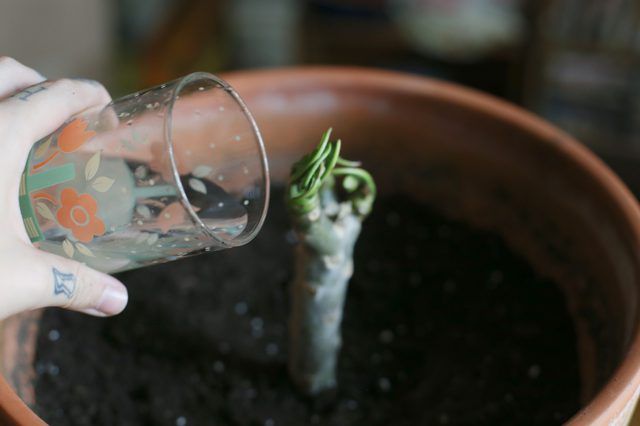Bulbs
Flower Basics
Flower Beds & Specialty Gardens
Flower Garden
Garden Furniture
Garden Gnomes
Garden Seeds
Garden Sheds
Garden Statues
Garden Tools & Supplies
Gardening Basics
Green & Organic
Groundcovers & Vines
Growing Annuals
Growing Basil
Growing Beans
Growing Berries
Growing Blueberries
Growing Cactus
Growing Corn
Growing Cotton
Growing Edibles
Growing Flowers
Growing Garlic
Growing Grapes
Growing Grass
Growing Herbs
Growing Jasmine
Growing Mint
Growing Mushrooms
Orchids
Growing Peanuts
Growing Perennials
Growing Plants
Growing Rosemary
Growing Roses
Growing Strawberries
Growing Sunflowers
Growing Thyme
Growing Tomatoes
Growing Tulips
Growing Vegetables
Herb Basics
Herb Garden
Indoor Growing
Landscaping Basics
Landscaping Patios
Landscaping Plants
Landscaping Shrubs
Landscaping Trees
Landscaping Walks & Pathways
Lawn Basics
Lawn Maintenance
Lawn Mowers
Lawn Ornaments
Lawn Planting
Lawn Tools
Outdoor Growing
Overall Landscape Planning
Pests, Weeds & Problems
Plant Basics
Rock Garden
Rose Garden
Shrubs
Soil
Specialty Gardens
Trees
Vegetable Garden
Yard Maintenance
How to Plant Frangipani Cuttings
How to Plant Frangipani Cuttings. Nothing says the tropics like the beautiful flowers from frangipani or plumeria (Plumeria alba) plants. Their smell is almost intoxicating; available colors are as vast as the rainbow. Highly prized by gardeners around the world, full-grown plants can fetch a price of several hundred dollars. Despite their delicate...
Nothing says the tropics like the beautiful flowers from frangipani or plumeria (Plumeria alba) plants. Their smell is almost intoxicating; available colors are as vast as the rainbow. Highly prized by gardeners around the world, full-grown plants can fetch a price of several hundred dollars. Despite their delicate beauty the U.S. Department of Agriculture plant hardiness zone 10-to-12 perennials are fairly easy to grow, as cuttings are quite forgiving of neglect and drought. These are perfect plants for the black-thumbed or lazy gardener.
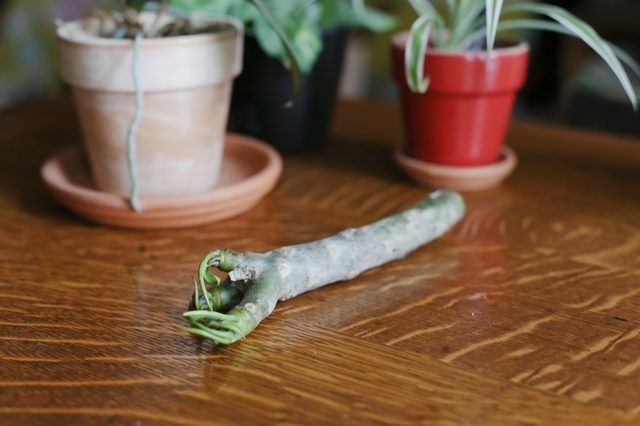
Things You'll Need
3-gallon container
Potting mix or sand
Step 1
Allow your frangipani cuttings to dry out before planting. This is especially true if you are working with fresh cuttings. The cut ends need to scar over before you place them in the ground. Allow your cuttings to dry out for anywhere from three days to a week. Lay them on a table, or on the ground where you cut them, exposed to the air so they can "cure" for planting.
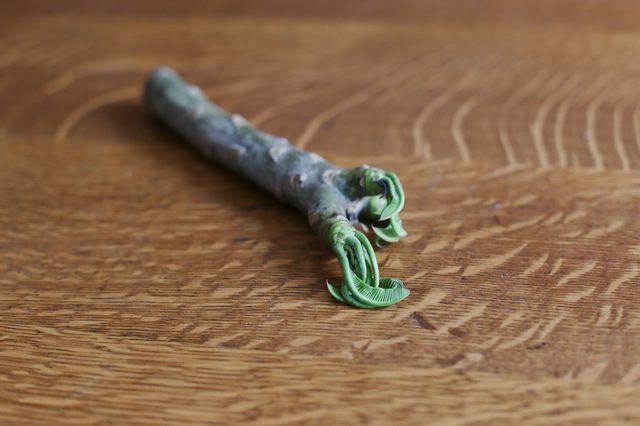
Step 2
Fill a 3-gallon container with potting mix or sand. Frangipanis aren't too fussy about having a rich medium to grow in. In fact, if you use a medium such as potting soil, the cuttings may rot before they grow roots; potting soil has a tendency to retain too much water, and doesn't drain efficiently enough for frangipani cuttings to properly root. Use a potting medium that has good drainage and won't retain too much water.
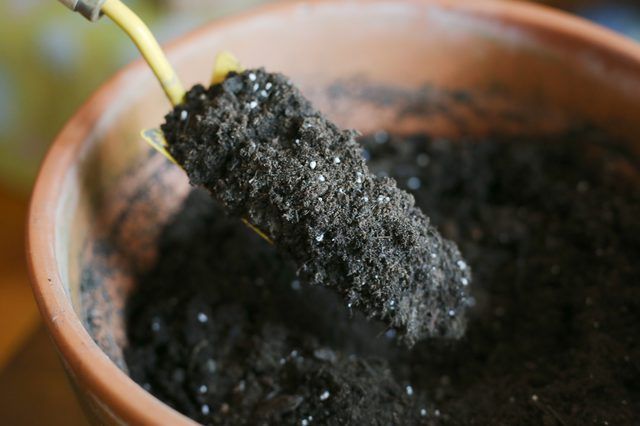
Step 3
Dig a 4-inch hole in the soil in the center of your container. Frangipani cuttings can be relatively heavy, so plant your cutting deep enough that it can stand up on its own. If your cutting is large, use a bigger container and a deeper hole.
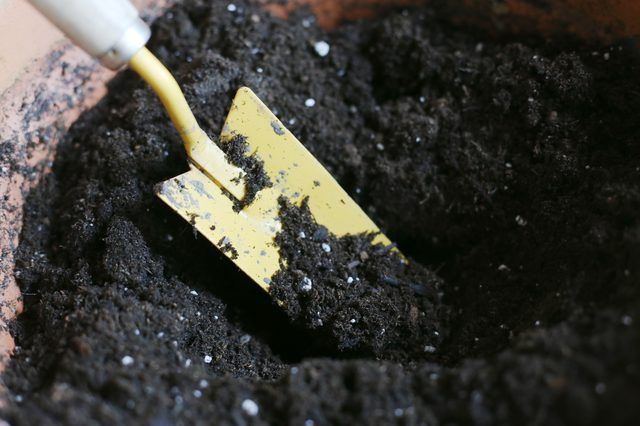
Step 4
Place your frangipani cutting into the hole, scar-side down. If the cutting has leaves attached to it, don't worry about pulling them off. The leaves will not impede the cutting's rooting process. Pack the soil firmly around the cutting, and make sure it is able to stand upright on its own.
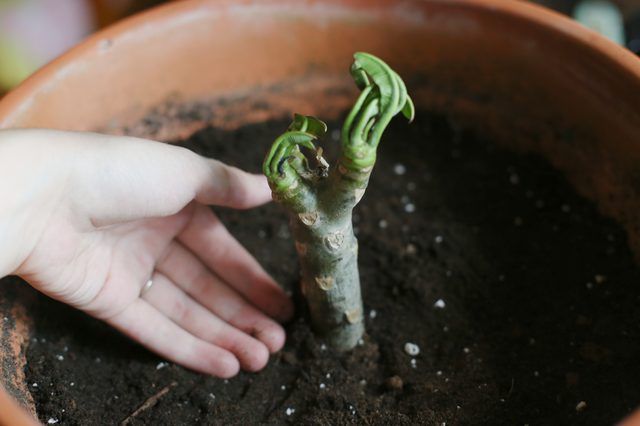
Step 5
Water your planted frangipani cutting. Pack the soil once again if the water loosens it. Water the container every three to four days, until the roots have started to establish themselves. Place your container in an area that gets full to partial sun. Frangipanis are very tolerant of drought conditions, so it's okay if the soil is dry for several days to several weeks.
